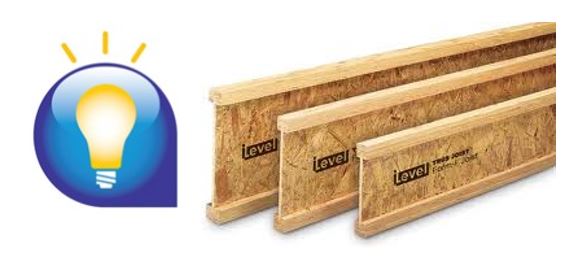Brand Strategy Interviews.
 The difference between interviewing an employee at a brand and the brand customer is significant.
The difference between interviewing an employee at a brand and the brand customer is significant.
Employees are tough to interview because their answers are often generic. I once interviewed a cardiothoracic surgeon and department head who was a billion-dollar health system’s key earner and asked what makes his practice one of the best in the country. His answer? “It’s the care. It’s the people.” So, when he is elbow deep in a patient bleeding out, does he ask his assistant, “Pass me the care” or “pass me the people”? I don’t think so.
I can’t tell you how many employees I’ve interviewed have crowed on about “customer service” or “quality” or “our people” thinking they’re being helpful. It’s as if some employees have been programmed by TV adds. If they don’t have something specific to say about the product value, they default to a generic marketing-speak.
Customers, on the other hand, are way more to the point. More specific. They’re happy to share their likes and care-abouts. Customers don’t water down or default their preferences.
A good brand planner is able to get employees to provide specifics about product and service superiority. Proof of product superiority are the things upon which strong brands are built. Boiling down and organizing these demonstrable proofs with “what customers want” is the job of the brand strategist. Customer care-abouts and brand good-ats.
Peace.


